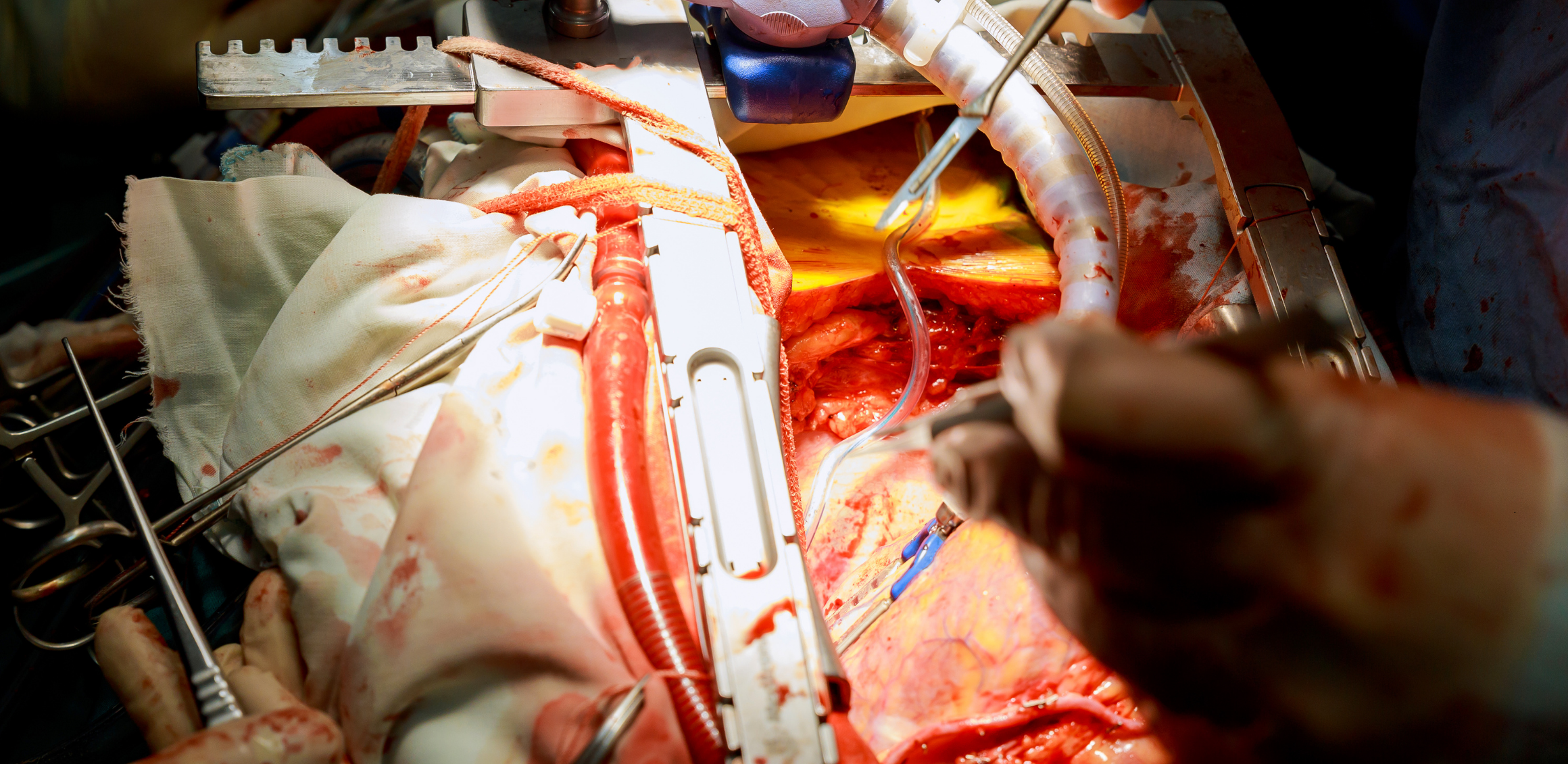
Open Heart Bypass Surgery
Open heart bypass surgery is a surgical procedure used to treat blockages in the coronary arteries.
Open Heart Bypass Surgery
Open heart bypass surgery is a surgical procedure used to treat blockages in the coronary arteries. In this method, a vessel taken from outside the body (typically from the chest wall or leg) is used to create a bypass around the patient’s blocked coronary artery. This allows the heart to receive oxygen-rich blood more freely, thereby meeting the needs of the heart muscle.
Steps of Open Heart Bypass Surgery:
- Anesthesia: Administration of general anesthesia to induce unconsciousness in the patient.
- Incisions: Incisions made to obtain vessels from the chest wall or leg.
- Bypass Procedure: Placement of harvested vessels next to the blocked coronary arteries to establish new conduits.
- Heart Arrest: Temporary cessation of heart function with the circulation maintained by a heart-lung machine.
- Closure: Suturing of incisions following completion of the bypass procedure.
Open heart bypass surgery is utilized to reduce the risk of heart attacks, alleviate symptoms of angina (chest pain), and improve overall heart function. This approach is typically preferred when other treatment options have been unsuccessful or are deemed inappropriate.
Pre-operative and post-operative evaluations, tailored to the patient’s condition and suitability for surgery, are essential. Therefore, consulting with a cardiovascular surgeon prior to undergoing such a significant procedure is crucial.
